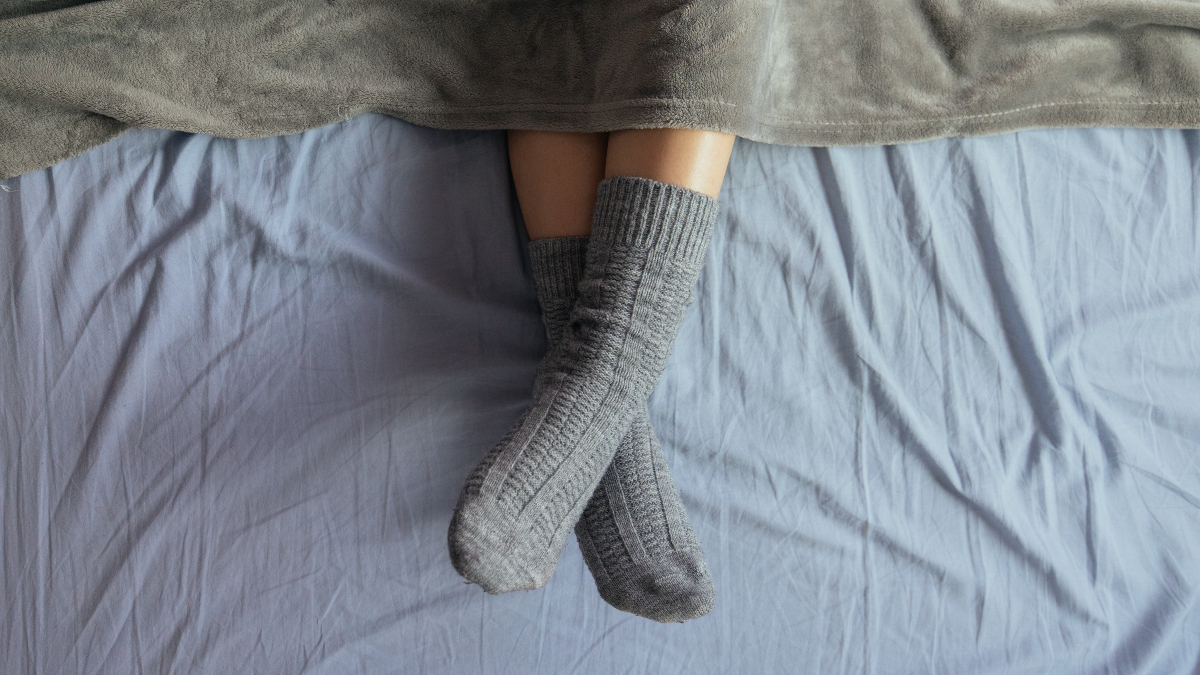
Most people have no idea that diabetic socks exist, but if you have diabetes, you know that they’re a necessity. It’s not just the socks themselves that are important, but the way they are made. Diabetic socks are designed to promote blood circulation and reduce the risk of a foot injury. If you have diabetes or know someone who has it, this post will tell you what they are and how vital they can be.
The Effects Of Diabetes On Your Feet
Diabetes affects the way your body processes sugar, leading to a side effect of dry, cracked skin on the feet. It can also cause blood circulation and nerve function issues, causing pain in the feet, making it difficult to walk or stand for long periods. Diabetic foot is a condition that affects the feet of people who suffer from diabetes. It causes the skin on the bottom of the foot to become fragile, form abnormal blood vessels, and lose its normal elasticity. Having a diabetic condition is not always easy. The most challenging part is managing your diet and daily activities to live a healthy life alongside your disease. Fortunately, there are several things that you can do to make your life easier, including investing in unique diabetic socks.
What Are Diabetic Socks?
Diabetes can cause impaired circulation and feeling in the feet; thus, men and women with diabetes should give particular attention to their foot care. Reduced blood flow can cause sores to form, which can get infected. Poor foot care causes many people with diabetes to lose a toe or sometimes their entire foot. Diabetic socks, on the other hand, can assist in safeguarding the health of your diabetic foot. They typically come in two varieties for men and women but provide the same benefits. When choosing a pair of women’s or men’s non-binding socks, you should consider the size of your feet and the material. Cotton is regarded as the best fabric as it provides superior moisture management compared to others. Nevertheless, pure cotton should also be avoided, and it will need to be blended with other materials capable of delivering sufficient compression.
Why You Might Need Them
By delivering comfort without restriction, diabetic socks help to increase blood flow. Diabetes causes impaired circulation in the feet, so it’s essential not to restrict blood flow to these extremities. Finally, diabetic socks provide plenty of padding to protect the foot from harm. Some people with diabetes frequently lack feeling in their feet; thus, they are unaware whether their foot has been injured by rubbing against the shoe or treading on a sharp item.
Diabetic Socks Offer Many Benefits
Some people with diabetes wear special socks during the day because they help prevent these symptoms. Diabetic socks are designed to do three main things:
- Make sure your feet are dry: Moisture causes the skin to tear and break down more quickly, so it’s essential to keep your feet dry at all times. An infected foot ulcer is more likely to develop if the skin on your feet breaks down.
- Enhance circulation: Diabetes causes poor circulation in the feet, leading to foot ulcers or other complications. The most common cause leading to diabetes is inflammation and abnormal blood flow.
- Ensure the feet are protected from injury: Diabetic socks are designed with varying thicknesses and designs to help manage the severity of foot swelling caused by the disease.
Features Of Diabetic Socks To Look Out For
There are a few things you should keep in mind when purchasing these socks, including:
- Material that wicks away moisture: This is essential as you must keep your feet dry to remove the possibility of tearing and other damage caused by moist feet.
- They have a seamless construction: Any form of rubbing can cause severe injuries that can spiral out of control very fast.
- Soles with padding: Padded soles are used in diabetic socks to increase comfort. Blood from an accident or wound drainage may be visible even though it cannot be felt on these soles, often made of white cloth.
- No elastic at the top: Elastic at the top of the sock can cause increased restriction, exacerbating the blood flow issue.
- They are antimicrobial: Preventing fungus growth is essential to keep your feet in good condition.
- They use a soft material: Aside from the comfort aspect, more delicate fabrics are beneficial to reduce friction-related injuries.
- They can remain wrinkle-free: Wrinkle-free fabric will further reduce the chances of friction and increase comfort.
Caring for Your Socks
Because these socks are not an insignificant expense, it is in your best interest to keep them in good condition. Luckily, the way you look after your socks is similar to how you might care for any other item of clothing. For example, you can place them inside a laundry bag to keep them from rubbing and wearing out over time. You should also use a mild detergent so that your feet are not irritated when you put them back on.
Tips To Keep Your Feet Healthy
You should always check your feet and take certain precautions, even though socks can go a long way towards protecting your feet. Most of the steps you can take to ensure healthy feet are straightforward but essential.
Avoid Walking Barefoot
If you suffer from neuropathy and have reduced sensation in your feet, you should avoid walking barefoot. There is a risk of stepping on something sharp and getting injured.
Maintain A Regular Foot Examination
It is an excellent idea to examine your feet regularly, paying particular attention to the area between your toes and near your toenails. Some things to look out for include:
- Small cuts
- Blister
- Corns
- Bad odors
Keep Your Feet Clean And Tidy
It is essential to pay close attention to your feet when washing as unkempt feet can cause all kinds of problems. Keeping your toenails short and clipped is also vital, as long nails are more likely to cause damage.
Diabetic socks are a necessary item for people with diabetes that have poor circulation. They can dramatically reduce the risk of developing severe issues like ulcers that could develop into limb-threatening illnesses further down the line.




